By Aidan Macnab
Environmental consciousness and diversity were at the center of the third-annual Revolution fashion show on March 26.
The garments – showcased to over 200 people at Daniels Spectrum on Dundas Street East – were either made from sustainable fabrics, constructed from second-hand clothing – otherwise known as “upcycling,” manufactured with no waste, or all of the above.
Helen Saygan is in her third year studying fashion design at Ryerson, and was the show’s executive producer. She said the fashion industry either tries to be environmentally friendly or diverse but never combine the two in a joint effort. It’s what Saygan said she wants to achieve with Revolution.
“Those are two of the biggest issues in the fashion industry that I feel are never connected,” she said.
For Revolution 2015, the designers were encouraged to use models of various appearance and age, develop styles that reflect a diversity of cultures and include clothing made especially for people with physical disabilities.
For designer Abi Hodson, developing clothing is about making people feel good, and said there is no better way to feel good through fashion than with socially conscious clothing. She said she wanted to develop clothing that “supports the beauty in nature, while also helping people see their own.”
“I want to create garments that, when a person puts it on, they look in the mirror and see how frickin’ awesome they are,” she said.
Hodson upcycled an old, used couch cushion with an old floral design and turned it into a pair of shorts and 60’s style dress. Another shirt she produced was made out of a scarf.
Another designer, Alec Hildebrand, often gets asked if his designs are inspired by road workers and firefighters. His collection had bright colours with a shiny plastic finish, similar to what one might see on a construction site. Hildebrand achieved the look by creating his clothing from melted potato chip and grocery bags.
Hildebrand said he’s traveled to Haiti to learn about fair trade and eco-friendly waste management in fashion. He said that the fashion industry is moving in the right direction in regard to the environment and social responsibility, but should shift faster.
“It’s happening, but it’s not happening enough,” he said.
But it is not just up to clothing designers and manufacturers to look out for the planet and its inhabitants. Hodson said consumer behaviour has an important role to play in how the fashion industry affects humanity.
“It’s important to find clothing that supports other people,” said Hodson.
As a consumer of fashion, Hodson said she buys second-hand vintage clothing, researches companies and tries to pressure clothing makers to change their practices by writing letters.
Typically, the most important factor in clothing purchases is the price. But Saygan said awareness towards what happens behind the scenes to maintain that price tag is something socially conscious consumers should take into consideration.
“People always think about the price,” she said. “They don’t realize why it is that much.”

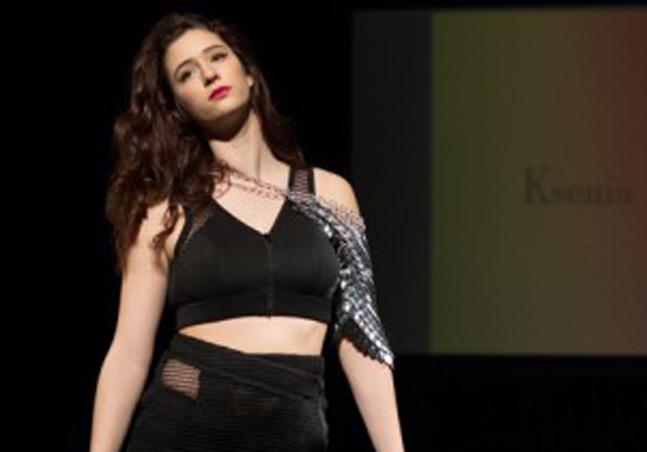
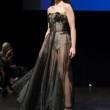
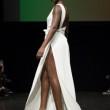
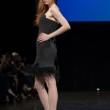
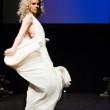
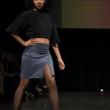
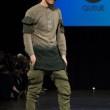
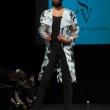

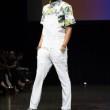
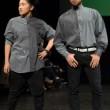
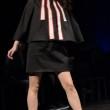
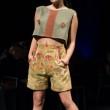
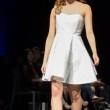








Leave a Reply